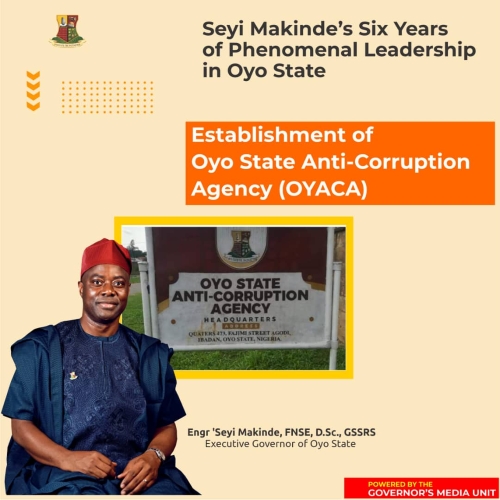
By Taiwo Oluwadare
Ile-Ife, the ancient town in Osun State, Nigeria, continues to be recognized as the cradle of the Yoruba race for various reasons. Its historical and cultural significance not only resonates with the Yoruba people but also with individuals across different countries and continents.
Yoruba traditions and beliefs dictate that Ile-Ife was founded by Oduduwa, the ancestor of the Yoruba people, who also became their first divine king. This lineage and the establishment of Ile-Ife as the original settlement of the Yoruba people serve as the foundation for their rich cultural heritage. The name “Ile-Ife” itself, meaning the place of dispersal, signifies the importance of the town in the dispersion and spread of the Yoruba people across different regions.

During the tour of Ile-Ife, the tourism journalists were able to witness numerous monuments that beautifully depict and celebrate the uniqueness of Yoruba ancient cultural phenomena.
One such monument is the Origi Olofin shrine, which holds great significance during the Ifa festival. With 401 Ifa deities worshipped, including 201 belonging to the reigning Ooni of Ife, the festival showcases the vibrant spirituality of the Yoruba people.
The historical and cultural significance of Ile-Ife is also evident in the legal and governance systems. The existence of different courts in the palace, such as the Emese court, High Chief courts, Ooni palace, and Ile Ase court, highlights the meticulous organization and administration of justice. The House of Authority court, considered the highest court, possesses a unique power where the words spoken by criminal suspects or warring parties are believed to come to pass. This court becomes a sacred ground for politicians and leaders who seek supplication and divine intervention, making their requests become reality.
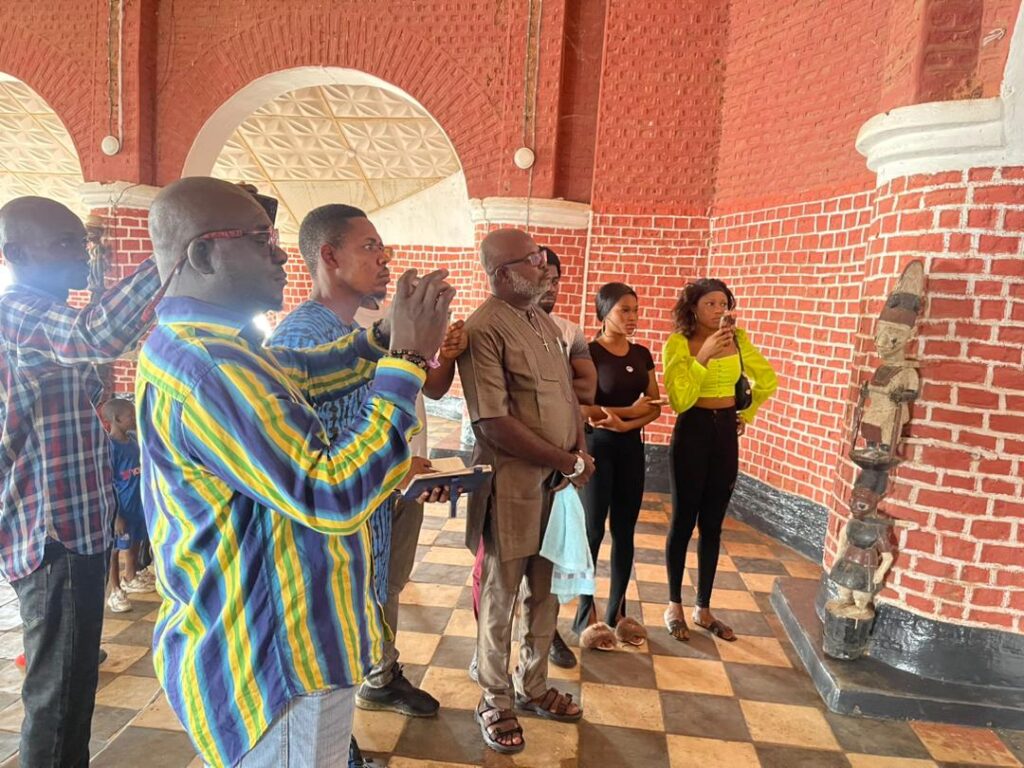
Also, the Ooni’s palace holds immense historical value. The Ile Nla, an ancient door constructed in the 18th century with intricate sculptural architectural design, symbolizes the royal power and authority. Despite renovations by subsequent obas, the preservation of the old royal symbols showcases the respect for tradition and heritage. The presence of burial tombs of past Oonis within the palace grounds further reinforces the historical and spiritual importance of Ile-Ife.
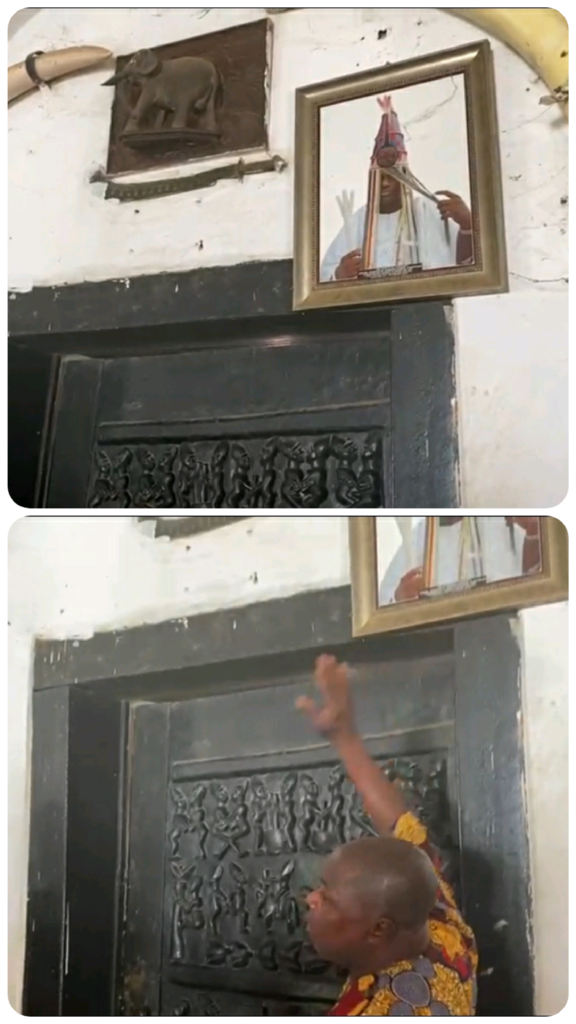
The Aare crown, worn once a year during the Olojo festival which is celebrated every last Saturday of September, is a symbol of royalty and tradition. With a weight of 50kg, it signifies the grandeur and reverence bestowed upon the Ooni during this annual celebration.

The story of Obalufon, an ancient Ooni who ruled for over 450 years, depicts the longevity and mythical nature associated with the throne. Subsequent Oonis visit his shrine to pray for similar long and prosperous reigns.
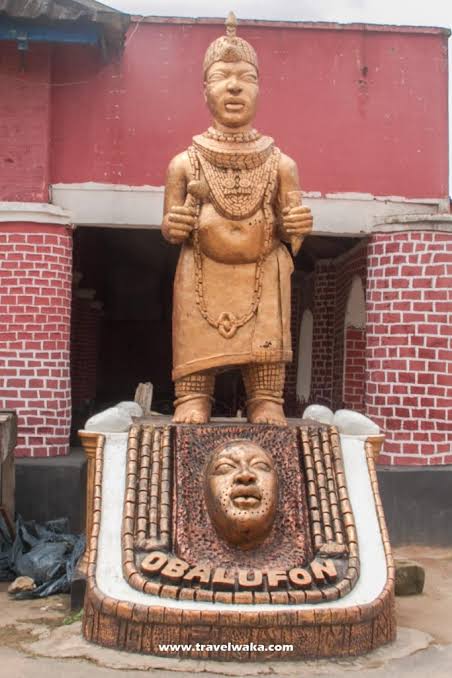
Beyond the palace, the tourism journalists also visited other significant shrines, such as the Moremi statue or shrine and the Oranmiyan shrine. These sites commemorate the bravery and heroism displayed by historical figures in defense of the Ife people, ensuring their preservation and immortalization.
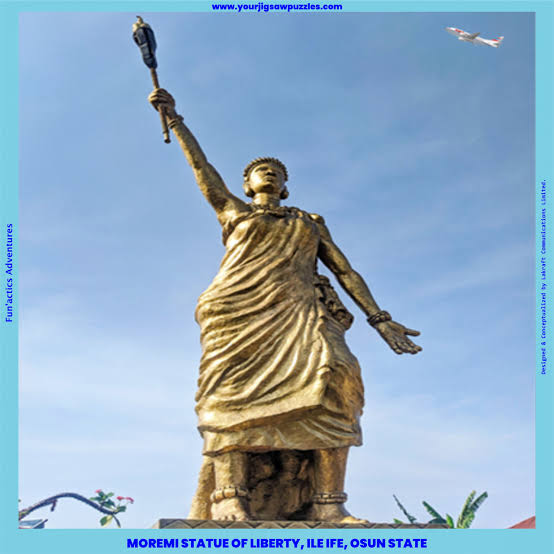
During the tour, sponsored by The Director of Operations Marketing & Sales of Ife Grand Resort and Leisure, Mr. Reuben Abib, the monuments depict the originality of Yoruba ancient cultural phenomena.
Our reporter gathered that Ooni has many horses but prefers other means of transportation, or he walks. This is the reason Oonis of Ife are called ‘Aleshin Magun Ooni’ (meaning Ooni with many horses but doesn’t ride them). Another interesting fact is that an umbrella can only be used for Ooni, and the elephant symbol at the entrance of Ile Nla palace symbolizes the total control of the monarch, while the sword at the entrance means victory during supplications.
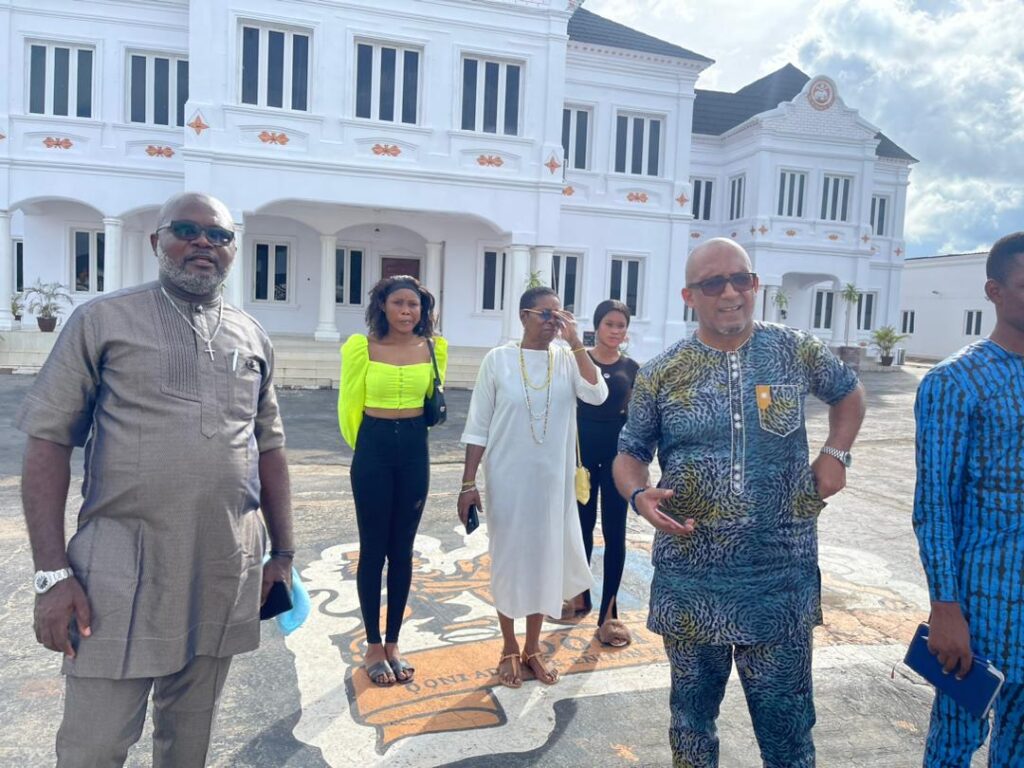
Another historical fact is that only four Oonis of Ife were recordedly buried, and their burial tombs can be found in the palace. Other obas in the past turned into deities or other objects. The four recorded Oonis who were buried were the 47th, 48th, 49th, and 50th Ooni of Ife. The reigning Ooni of Ife is Oba Adeyeye Enitan Ogunwusi, who ascended the throne in 2015.
Ile-Ife stands as the cradle of the Yoruba race, with its rich history, cultural significance, and spiritual allure. The monuments, courts, palaces, and shrines in this ancient town embody the essence of the Yoruba people, their traditions, and their deep connection to their ancestral roots. Ile-Ife continues to captivate and unify individuals from various cultural backgrounds, solidifying its position as a center of human development and cultural diversity.











